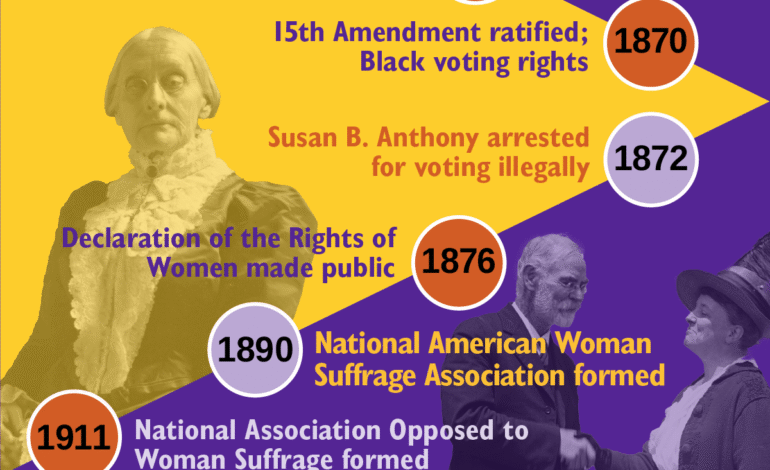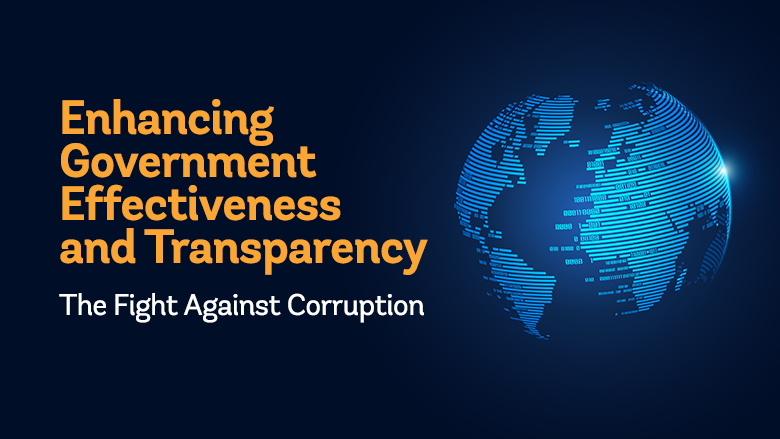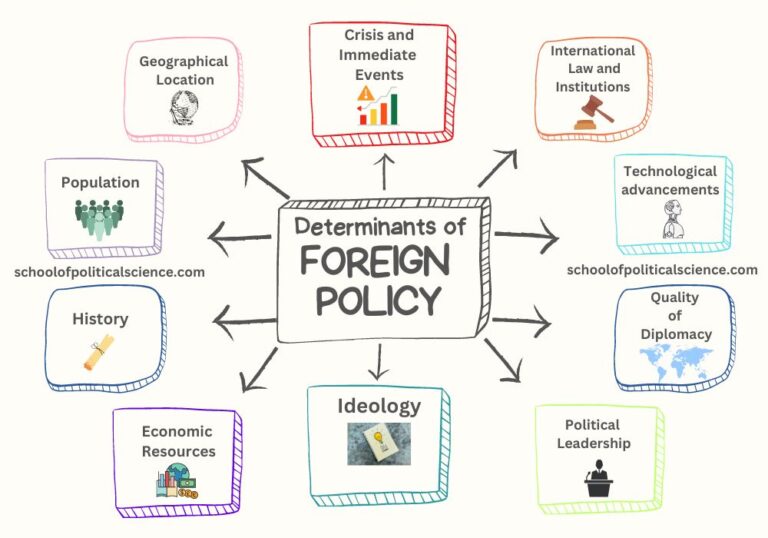Women in Politics: A Legacy of Progress & Perseverance

“`html
The Long Road to Equality: Women in Politics – A Journey of Milestones and Struggles
For centuries, the political landscape was largely a male domain. The idea of women actively participating in governance, holding positions of power, or even having their voices heard on matters of policy seemed almost unimaginable. However, the story of women in politics is not one of passive acceptance; it’s a narrative of relentless struggle, remarkable perseverance, and hard-won victories that continue to shape our world today.
Early Barriers: A History of Exclusion
Historically, societal norms and legal frameworks actively excluded women from political participation. Concepts like “separate spheres” – the belief that men belonged in the public sphere (politics, business) and women in the domestic sphere – were deeply ingrained. This ideology directly translated to political disenfranchisement. Women were often considered intellectually inferior or emotionally unsuitable for the rigors of politics. Laws explicitly barred them from voting, holding office, and even participating in political organizations.
In many cultures, marriage was viewed as a woman’s primary purpose, effectively rendering her legally dependent on her husband and unable to enter into contracts – including political agreements or casting ballots. Even when not formally prohibited by law, social pressure often kept women confined to the home and discouraged them from pursuing public life.
The Suffrage Movement: A Turning Point
The late 19th and early 20th centuries witnessed a global surge in activism aimed at securing voting rights for women. The suffrage movement, as it became known, emerged as a powerful force demanding enfranchisement. Early suffragists faced intense opposition, ridicule, and even violence.
Key figures like Susan B. Anthony in the United States, Emmeline Pankhurst in the UK (and her “suffragettes” who famously employed militant tactics), and countless others dedicated their lives to this cause. Their strategies varied – from peaceful lobbying and petitioning to more assertive methods like marches, protests, and civil disobedience.

The New Zealand Women’s Suffrage Movement was particularly notable; they achieved the right to vote in 1893, becoming one of the first self-governing territories in the world to grant women suffrage. Australia followed suit in 1902. However, progress wasn’t uniform.
The United States granted women the right to vote with the passage of the 19th Amendment in 1920, a culmination of decades of struggle. In the UK, limited suffrage was initially granted in 1918, with full equality achieved only in 1928.
Beyond Suffrage: Expanding Representation
While gaining the right to vote marked a significant milestone, it didn’t automatically translate to meaningful political representation. The fight continued to secure positions of power – holding elected office, serving as cabinet members, and achieving leadership roles within political parties.
Norway was a pioneer in this regard, electing its first female Prime Minister, Karen Blix, in 1921. However, it took much longer for women to achieve widespread representation globally. The decades following suffrage saw gradual increases in the number of women elected to local and national offices.
The rise of feminist movements in the 1960s and 70s brought renewed focus on issues like gender equality in politics, prompting governments to implement policies aimed at increasing female representation. Quota systems – mechanisms that mandate a certain percentage of seats or positions be held by women – became increasingly common, although they remain controversial.
Contemporary Challenges: Still an Uneven Playing Field
Despite significant progress, challenges persist for women in politics today. Gender stereotypes and biases still influence perceptions of female candidates, leading to unfair scrutiny and skepticism about their abilities.
Funding disparities are another significant hurdle. Female candidates often receive less financial support than their male counterparts, making it harder to run competitive campaigns. The media can also play a role, with studies showing that women politicians may be portrayed in ways that reinforce gender stereotypes or focus on their appearance rather than their policy positions.
Furthermore, the demands of political life – long hours, constant travel, and intense public scrutiny – can disproportionately affect women, particularly those with caregiving responsibilities. The lack of affordable childcare and supportive policies can make it difficult for women to balance a political career with family obligations.
Global Variations: A Diverse Landscape
The experience of women in politics varies significantly across countries and cultures. Some nations have made remarkable strides towards gender parity, while others lag far behind.
Rwanda is often cited as a leader in female political representation, with a consistently high percentage of women serving in parliament – exceeding even many Western democracies. Scandinavian countries like Sweden, Norway, and Finland also boast strong records of female participation in government.
However, in many parts of the world, women face greater barriers due to cultural norms, legal restrictions, or political instability. Violence against women in politics – both physical and verbal – remains a serious concern in numerous countries.
Looking Ahead: Towards Greater Equality
The journey towards full gender equality in politics is far from over. Ongoing efforts are needed to address the remaining challenges and create a more inclusive and equitable political system.
Mentorship programs can help support women aspiring to enter politics, providing them with guidance, training, and networking opportunities. Campaign finance reform can level the playing field by reducing the influence of money in elections. Media literacy initiatives can challenge gender stereotypes and promote more balanced coverage of female politicians.
Ultimately, achieving true equality requires a shift in societal attitudes and a commitment to dismantling the systemic barriers that continue to hold women back from reaching their full potential in politics. The future of democracy depends on ensuring that all voices – regardless of gender – are heard and represented at the highest levels of decision-making.
Conclusion
The story of women in politics is a testament to the power of perseverance, activism, and the unwavering pursuit of equality. While significant progress has been made, ongoing vigilance and commitment are essential to ensure that the promise of equal representation becomes a reality for all.
“`



